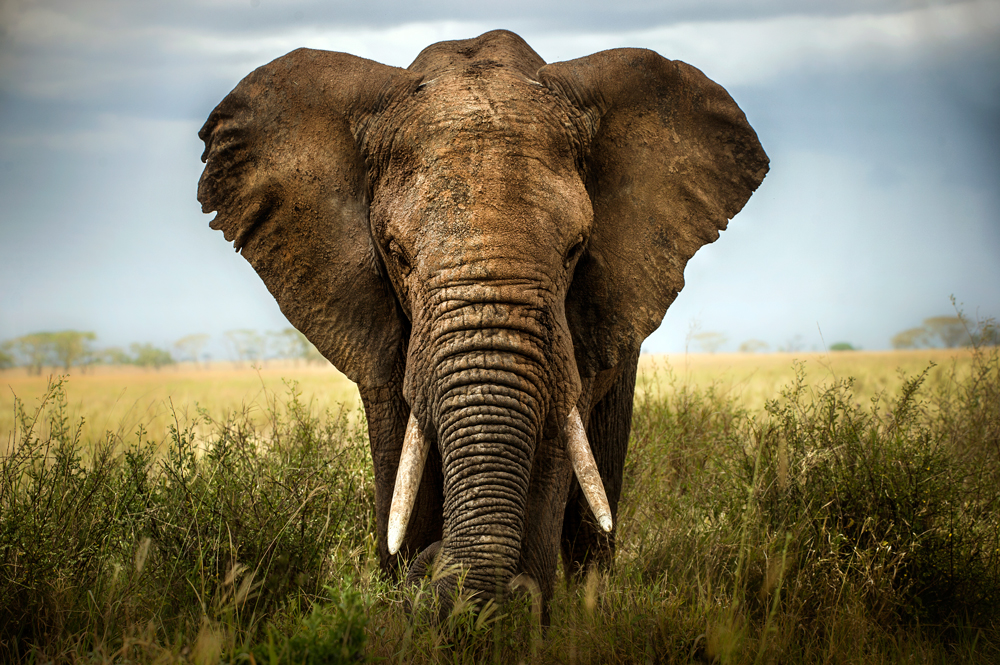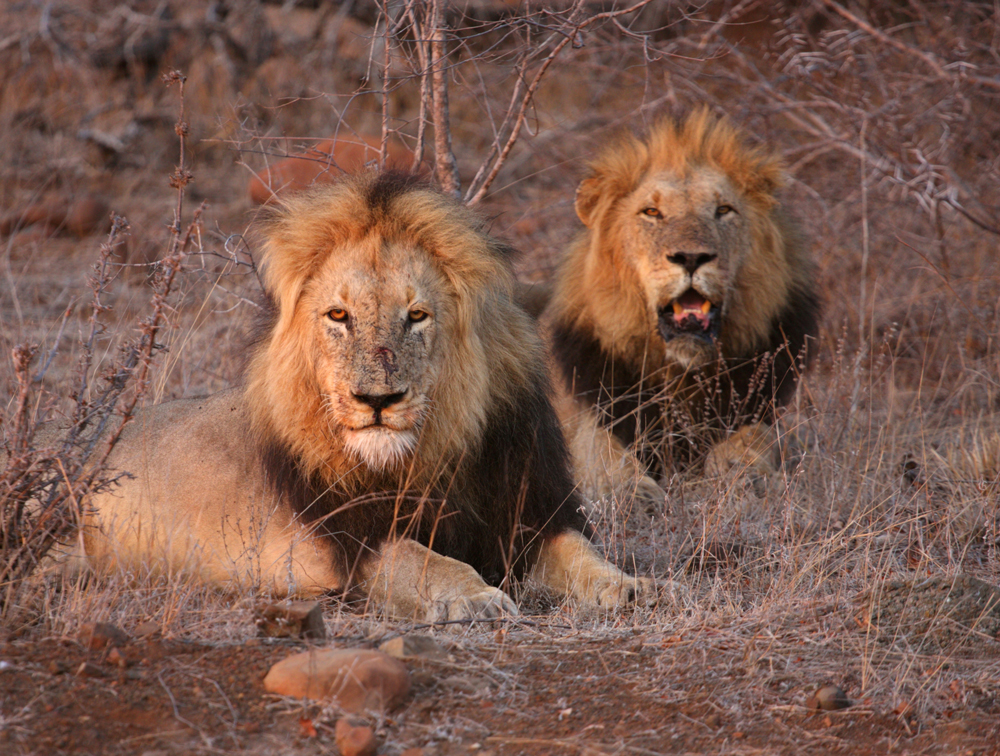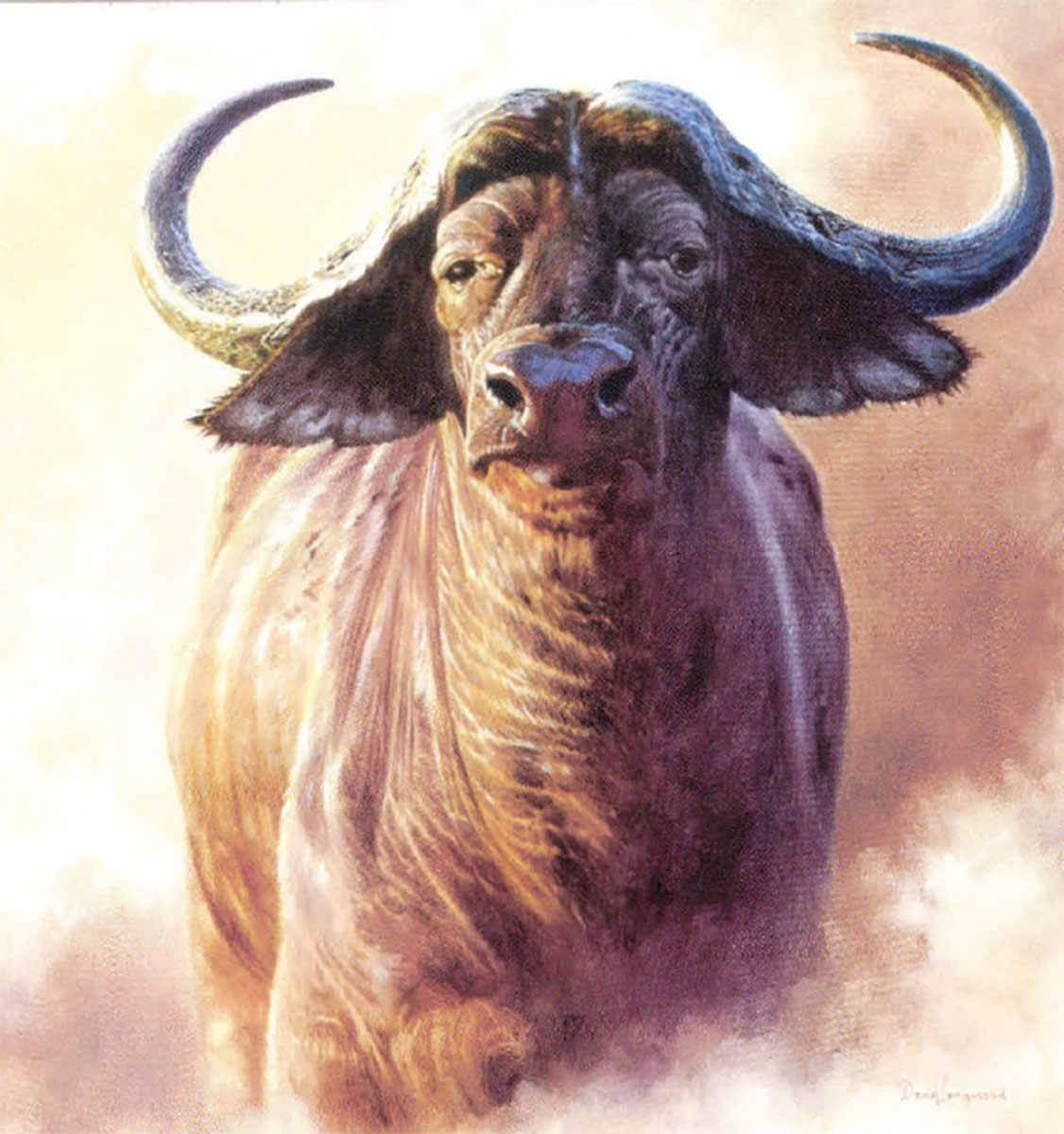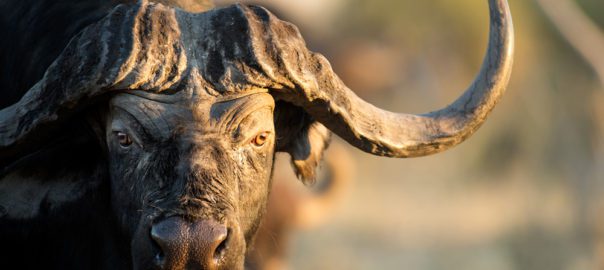This week we’re looking back at some of the most popular stories from 2017, including this excerpt from The Wanderings of an Elephant Hunter. Enjoy!
The hunting of the African elephant is now restricted in so many ways that it is difficult for anyone to gain experience in the shooting of them. In most protectorates or dependencies of the European powers a license to kill two in a year costs from £40 to £80. It therefore behooves the sportsman to make a good job of it when he does come face-to-face with these splendid animals.
Twenty-five years ago parts of Africa were still open to unrestricted hunting, and it is from a stock of experience—gathered during the years devoted to this fantastic pursuit—that I am about to draw, in the hope that it may assist the sportsman to bring about a successful termination to his hunt and perhaps save some unfortunate animal from a lingering death due to wounds.
In elephant hunting, as in other things, what will suit one man may not suit another. Every hunter has different methods and uses different rifles. Some believe in the big bores, holding that the bigger the bore, the greater the shock. Others hold that the difference between the shock from a bullet of, say, 250 grains and that from a bullet of, say, 500 grains is so slight that, when exercised upon an animal of such bulk as an elephant, it amounts to nothing at all.
And there is no end to the arguments and contentions brought forward by either side; therefore it should be borne in mind when reading the following instructions that they are merely the result of one individual’s personal experiences and not the hard and fast rules of an exact science.
As regards rifles, I will simply state that I have tried the following: .416, .450/400, .860, .350, .318, .275, and .256. At the time I possessed the double .400 I also had a .275. Sometimes I used one and sometimes the other, and it began to dawn on me that when an elephant was hit in the right place with the .275 it died just as quickly as when hit with the .400, and, vice versa, when the bullet from either rifle was wrongly placed death did not ensue.
In pursuance of this train of thought, I wired both triggers of the double .450/400 together so that when I pulled the rear one both barrels went of simultaneously. By doing this I obtained the equivalent of 800 grains of lead propelled by 120 grains of cordite. The net result was still the same: If wrongly placed, the 800 grains from the .400 had no more effect than the 200 grains from the .275.
For years after that I continued to use the .275 and .256 in all kinds of country and for all kinds of game. Each hunter should use the weapon he has the most confidence in.

Sporting Classics has compiled this remarkable anthology showcasing the best African adventures published in our award-winning magazine.
Ruark, Capstick, Roosevelt, Markham – the legends in outdoor literature are all here, sharing their stories of deadly encounters with dangerous game, of bizarre run-ins with witch doctors, gorillas and man-eaters, of safaris into the uncharted wilds of deepest Africa.
Illustrated by world-renowned artist Bob Kuhn, AFRICA features more than 400 pages of unforgettable stories by some of the finest professional hunters and writers of sporting adventure. Buy Now




